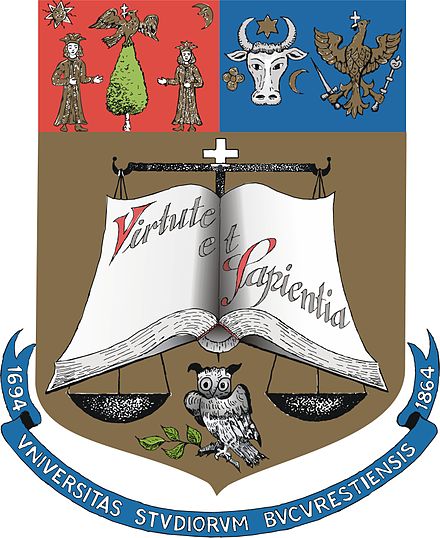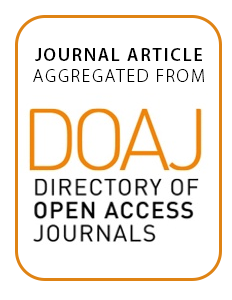Location
The University of Bucharest (Romanian: Universitatea din București), commonly known after its abbreviation UB in Romania, is a public university founded in 1864 by decree of Prince Alexandru Ioan Cuza to convert the former Saint Sava Academy into the current University of Bucharest, making it the second oldest modern university in Romania. It is one of the five members of the Universitaria Consortium (the group of elite Romanian universities).
The University of Bucharest offers study programmes in Romanian and English and is classified as an advanced research and education university by the Ministry of Education. In the 2012 QS World University Rankings, it was included in the top 700 universities of the world, together with three other Romanian universities.
Source: Wikipedia (consulted d.d. February 21st 2018)
Members:
Resources
Displaying 6 - 9 of 9Urban Growth and the Spatial Structure of a Changing Region: An Integrated Assessment
The present study assesses changes (1949-2008) in the structure of a Mediterranean urban area (Rome, Italy) in three phases (compact growth, medium-density growth, low-density growth) of its recent expansion which reflect different economic contexts at the local scale. Using a quantitative approach based on land-use indicators and landscape metrics, distribution and fragmentation of built-up areas were analyzed from high-resolution and diachronic digital maps covering the investigated area (1,500 km2).
Geographical and Statistical Analysis on the Relationship between Land-Use Mixture and Home-Based Trip Making and More: Case of Richmond, Virginia
Richmond, Virginia has implemented numerous mixed land-use policies to encourage non-private-vehicle commuting for decades based on the best practices of other cities and the assumption that land-use mixture would positively lead to trip reduction. This paper uses both Geographical Information Systems (GIS) and statistical tools to empirically test this hypothesis. With local land use and trip making data as inputs, it first calculates two common indices of land-use mixture - entropy and dissimilarity indices, using GIS tool, supplemented by Microsoft Excel.
Urban Sprawl Pattern and Effective Factors on Them: the Case of Urmia City, Iran
Urban sprawl has become a remarkable characteristic of urban development worldwide in the last decades. Urban sprawl refers to the extent of urbanization, which is a global phenomenon mainly driven by population growth and large scale migration. In developing countries like Iran, urban sprawl is taking its toll on the natural resources at an alarming pace. The purpose of this paper is to study urban growth and effective factors on them in the city of Urmia, Iran. We used quantitive data of the study area from the period between 1989 and 2007, and population censuses of Urmia.
Neo-zionist frontier landscapes in the occupied territories
Immediately after the 1967 war and the occupation of the West Bank and Gaza the national religious youngsters (Gush Emmunim settlers) reached out to settle the new frontier of the biblical places. By thus, they have developed a Messianic myth. The interpretation of Gush-Emmunim settlers’ experience of landscapes reveals a complex and contradictory structure of sense of space. Settlers’ mythical sense of space may be understood in two strata - imagined and material.


